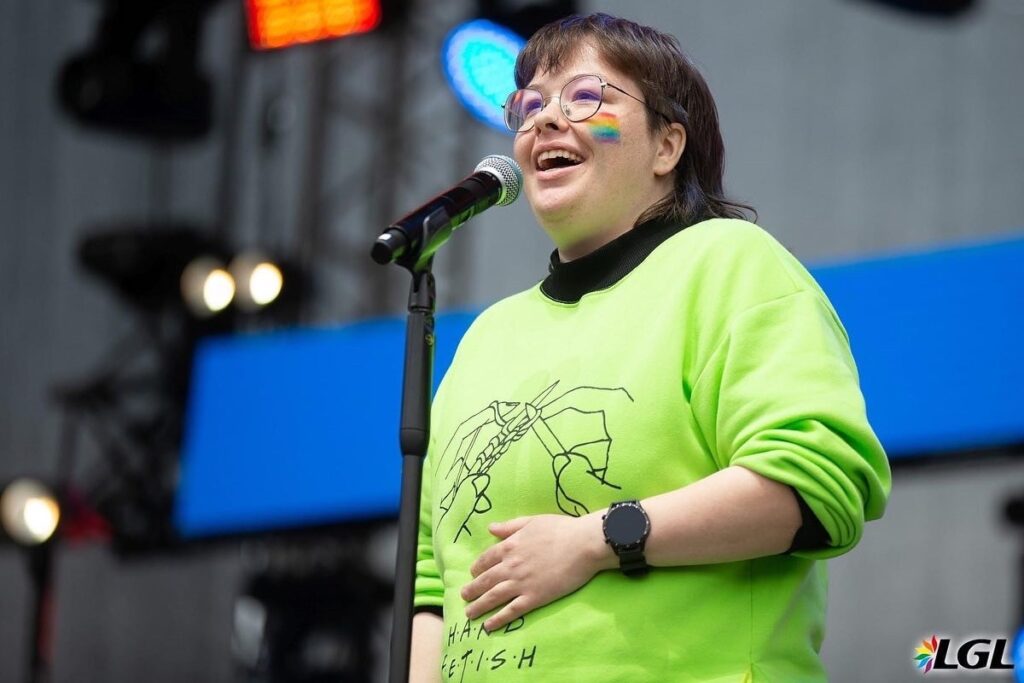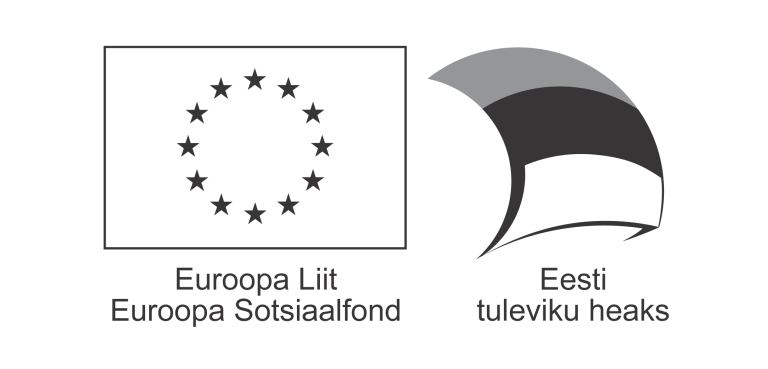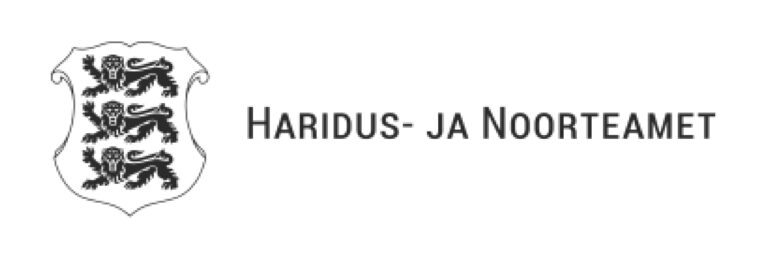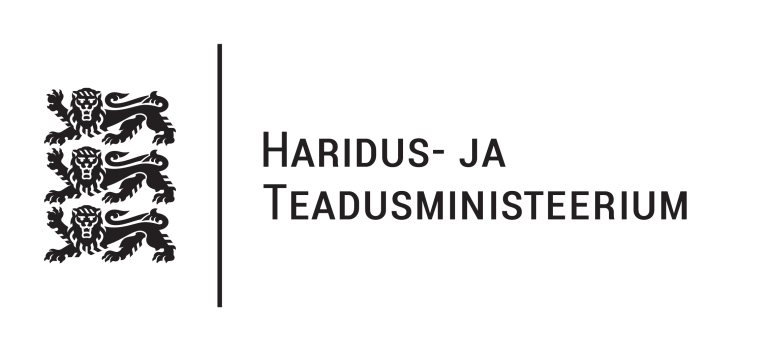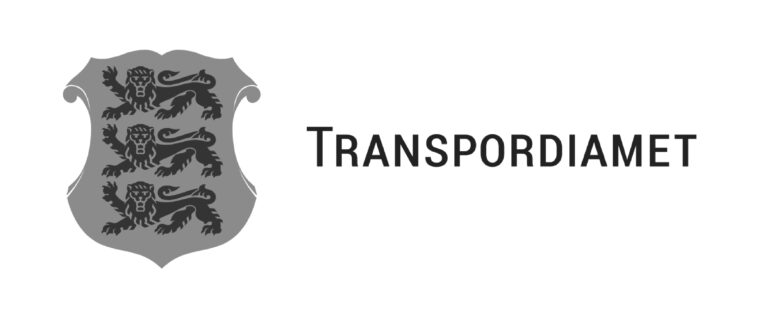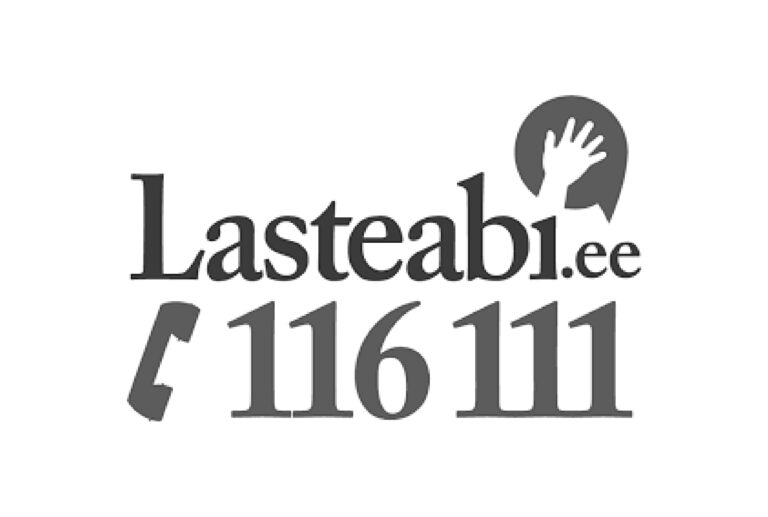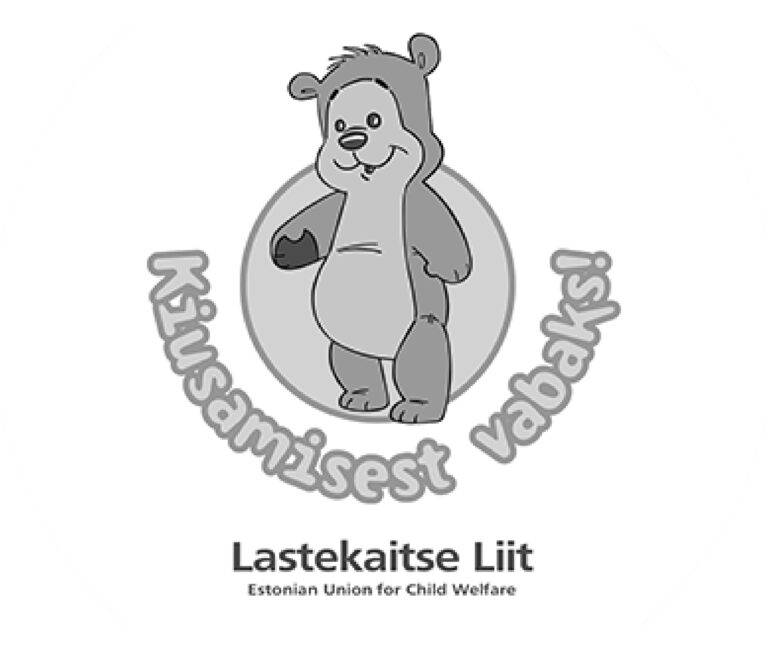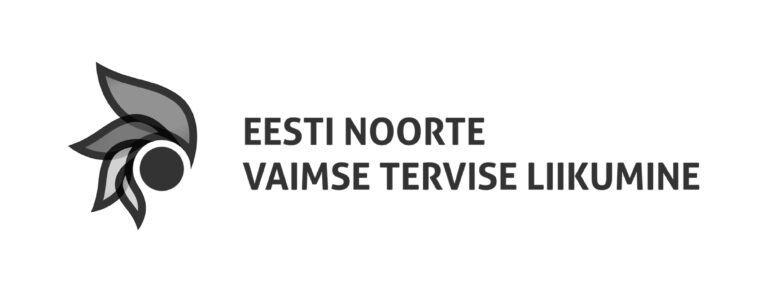Tell us a bit about yourself – who are you and what do you do?
My name is Anette Mäletjärv and I’m the Cooperation Coordinator at the Estonian LGBT Association. I’m also known on Instagram as Heterokringel and I do a queer radio show called Homokringel with drag artist Helgi Saldo.
How did you make your way into the LGBT community? What has your journey been like?
I became aware of my own LGBT+ identity when I was 14 and realised that I liked girls. It was difficult at first because I wasn’t sure whether my family and classmates would accept me or not. I also didn’t dare to look for others like me, as I didn’t want anyone to know about my orientation. Luckily, it just so happened that I found friends in high school who were either LGBT+ or who supported our rights, and when I came out at 17, I already had a community in the form of a friend group.
After high school, I went to university in Amsterdam and there I had a community at the university. But when I visited Estonia in the meantime, I attended various LGBT+ events and that is how I met local LGBT+ people and activists as well. I also wrote my bachelor’s thesis about the Estonian LGBT+ community and in doing so, I got to know our community better. When I created Heterokringel during the pandemic, I also found a virtual community in the form of my first followers and regular commenters. And then when I moved back to Estonia and took part in local activism, I felt that I was part of the community.
I think people often believe that all LGBT+ people belong to some mysterious community, but that’s not quite the case. I’d say that the Estonian LGBT+ community consists of LGBT+ people who, based on a common identity, have a sense of unity with other LGBT+ people. There are many who aren’t looking for a community or feel that they aren’t part of it.
How easy was it to come out? What were the main obstacles?
The first few years were definitely difficult for me. I think puberty is hard for everyone, but when you discover that your sexual identity deviates from the so-called norm, it definitely has an impact on your mental health. Some of my classmates made homophobic jokes among themselves and I certainly felt that if I came out, I’d be bullied.
Well, that was 10 years ago, but back then it was difficult to witness that Estonian society isn’t very supportive of LGBT+ rights and that there’s a lot of homophobia, which I was terrified of. I was also ashamed of my sexual orientation. I think that’s why it helped a lot that I eventually made friends like myself because I finally got the courage to be myself.
The hardest part was telling my parents because I wasn’t sure how they’d react. And when you’re dependent on your parents as a minor, it’s especially scary to think about what will happen if they’re not supportive. Luckily, my parents are relatively supportive, so coming out to them went well.
Overall, I would advise LGBT+ youth to take their time and come out when they feel ready for it and when it’s safe.
Are LGBT issues well covered in the media?
Coverage of LGBT+ issues in the media has changed a lot over time. While around 10-15 years ago, headlines such as ‘Gays demand rights’ were common, illustrated by erotic images of half-naked people, today journalists are trying to understand the issue better and don’t treat LGBT+ stories as sensational or unusual. More and more content is published where LGBT+ people can talk about their life and experiences themselves. However, there’s room for improvement. Sexuality and gender are frequently confused. On the one hand, transgender people are greatly discussed, on the other, they’re often invisible when LGBT+ people are talked about as so-called sexual minorities. People also often ask questions that supposedly an average person would ask, but that actually hurt LGBT+ people. The portrayal of transgender and intersex athletes in the media is problematic as well: ignorance of gender diversity leads people to disparage and label these athletes.
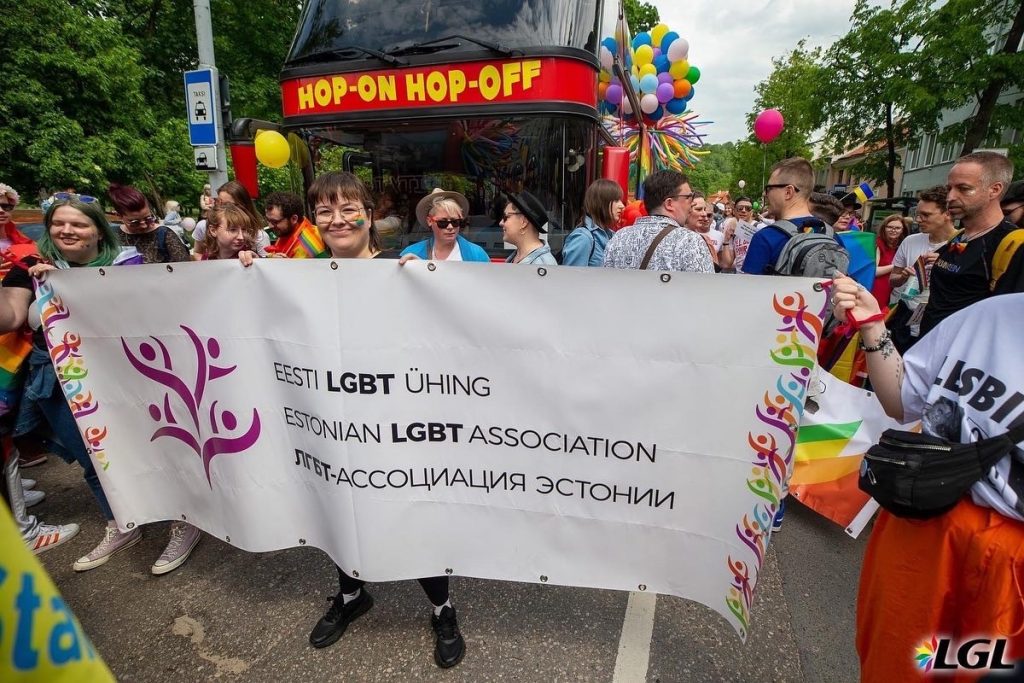
Photo: Baltic Pride in Vilnius, by author Augusto Didžgalvio.
What are the myths surrounding LGBT issues? How can we bust them?
If we knew how to bust these deep-rooted myths, the world would be a much happier place. Generally, LGBT+ people are often narrowly associated with sex. The historically rooted and instilled false associations with child molestation and other psychological disorders are also not uncommon. On the one hand, LGBT+ people are seen as extravagant, on the other, repressed and unhappy. Some consider LGBT+ activists to be aggressive and loud, failing to understand the purpose and cause of their activism.
Misconceptions can be changed with contact, especially direct contact, be it with an LGBT+ person or a supporter of the community. It’s worth asking negatively disposed people why they think this way, what do they think and where their belief stems from. Unravelling various concepts may be useful as well. For example, someone may confuse the masculinity of women and transgenderism or simply gender and sexuality as a whole. If a person understands that they’re different concepts, it’s more likely that they won’t make a general judgement on the entire issue and will see more nuances.
Do you think that attitudes towards LGBT issues differ across generations? Give some tips to youth on how it’s easiest to talk about it with their parents.
I think that the attitude across generations is definitely different. It’s mostly due to awareness. In Soviet times, homosexuality was criminalised and you could be imprisoned for it. People did not discuss LGBT+ topics and were not aware of them. Therefore, it’s understandable that the older generation has less knowledge and the topic seems unfamiliar. It also seems to me that, thanks to social media, the youth has better access to modern information.
In order to discuss LGBT+ issues with your parents, it’s worth asking them what they know and think about it and where their knowledge comes from, and only then discuss the myths and reality. I think it’s easier for non-LGBT+ youth than closeted LGBT+ youth because then there’s the issue of coming out and safety. In that case, I’d still begin with trying to gauge the parents’ view and then think about when the right moment is to discuss these issues and open up about my own identity.
A supportive adult may also be helpful. For example, you can discuss your concerns or questions beforehand with a teacher, trainer or a youth worker. You can also turn to the counsellors of the Estonian LGBT Association, either alone or why not even with a parent. It’s worth noting that this information can be such a big surprise for a parent that they’re unable to react adequately. It may not be malicious, but can hurt nonetheless. While you have perhaps thought about it for a long time, your parent may not have, and therefore they may need time to get used to the idea, ask questions and find a way to support you. However, in the end only you can decide whether you feel safe and confident enough to open up your world and for the potential wait.
Interviewed by Maris Praats.
